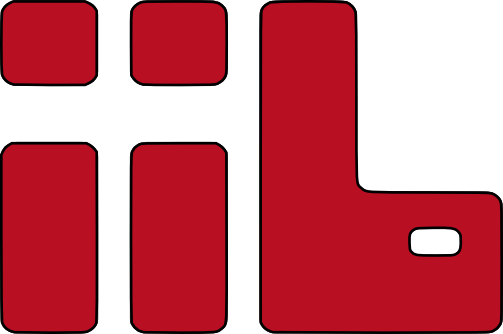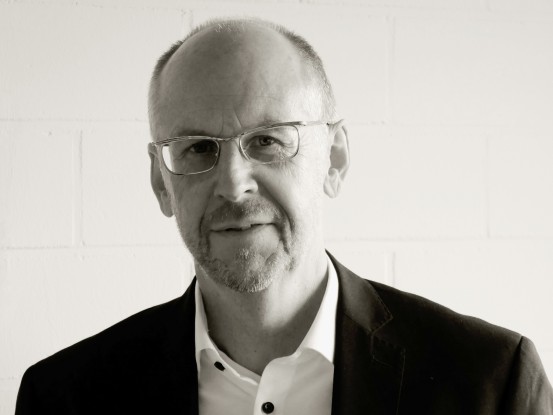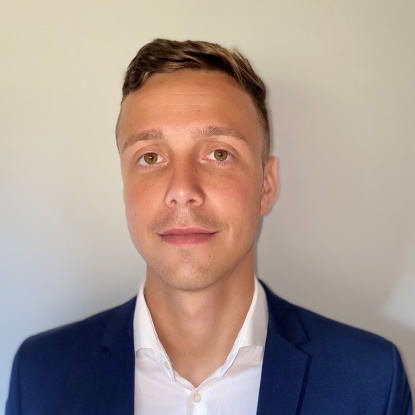Einsatz von Building Information Modeling (BIM) und digitaler Zwillinge in der Kreislaufwirtschaft
Einsatz von Building Information Modeling (BIM) und digitaler Zwillinge in der Kreislaufwirtschaft
Bachelor thesis, Master thesis
In order to achieve climate neutrality in Europe by 2050, the construction sector, which is responsible for high resource and energy consumption, offers significant potential for savings. In order to minimise resource and energy consumption, it is becoming increasingly important to consider the built environment as society's largest repository of raw materials and its use in a circular economy. Digital methods can play a key role in establishing a circular economy.
The built environment is society's largest resource and a major contributor to energy demand. In order to achieve climate neutrality in Europe by 2050, the construction sector, which is responsible for high resource and energy consumption, offers considerable potential for savings. Therefore, the recovery of building resources and their integration into a circular economy is becoming increasingly important. Currently, the main focus is on recovering resources from building materials through various recycling stages and uses. The reuse of building components in a circular economy has so far played a subordinate role, although it is believed to have enormous potential. One problem is the increased design effort caused by the limitation to currently available components. This project aims to address this issue by investigating how the use of Building Information Modelling (BIM) and digital twins of existing and planned buildings can be used in the planning process. The aim is to develop and test an approach that provides planners with suggestions for the use of reclaimed components, such as windows or columns, based on defined criteria. Various digital images of buildings in the form of IFC or graphs can be used as a data base and the use of artificial intelligence can be further investigated. In addition to a literature search, this work will develop a concept for a possible solution to this problem and, if necessary, prove the function by means of a mock-up and a demonstrator.
Supervisor
Marcel Heiß, M.Sc.
Prerequisites
Interest in Building Information Modelling and the circular economy. Knowledge in this area is an advantage but not essential.
Start
As of now





